Banana Peppers: What’s Their Real Flavor Profile?
Banana peppers, those vibrant yellow-green veggies, often spark curiosity among food enthusiasts and home cooks alike.
Their unique shape and color make them stand out in any garden or grocery store produce section.
These mild peppers carry a distinct personality that sets them apart from other pepper varieties.
Curious eaters wonder about their flavor profile and culinary potential.
Some people mistake them for similar-looking peppers, creating confusion about their true taste characteristics.
The versatility of banana peppers in different cuisines makes them an intriguing ingredient worth understanding.
Dive into this article to unravel the delicious mystery behind these fascinating peppers and learn why they might become your next favorite ingredient.
Banana Peppers Overview
Banana peppers earned their name honestly.
Curved and yellow, these peppers look just like their fruity namesake.
Mild and slightly sour, these chiles sit low on the heat scale with zero to 500 Scoville units.
Chefs love them for pickling and adding zesty flavor to salads and sandwiches.
Spotting these peppers is easier than other chilies because of their distinct shape and color.
Confusion often happens between banana peppers, pepperoncini, and Hungarian wax peppers.
Shoppers might accidentally pick up a much spicier pepper without realizing it!
Memories of a Wyoming road trip sandwich sparked my appreciation for pickled banana peppers.
These yellow peppers made a simple meat and cheese sub sing with flavor.
Surprisingly versatile, these peppers work well in many different dishes.
Despite knowing how delicious they are, I rarely bought them at the grocery store.
My perspective changed quickly.
Banana peppers have become a must-have ingredient in my weekly meal planning, thanks to their incredible taste and simple charm.
Banana Peppers Taste Guide
Banana peppers bring a tangy and sweet taste with very little heat on the Scoville scale.
These mild peppers are five times less spicy than the gentlest jalapeno.
Nutritional benefits come packed in these small peppers.
Banana peppers work well when fresh, pickled, or grilled.
Eating them raw can be a delightful experience.
Mild in nature, banana peppers have a slightly sweet flavor that sets them apart from chili, bell, and jalapeno peppers.
Their taste makes them special among pepper varieties.
Careful handling helps you enjoy their unique flavor.
Raw consumption requires some knowledge about their characteristics.
Banana peppers sit in the mild to medium-hot range with a tangy and sweet profile.
Chefs often use them as a substitute for bell peppers.
Their appearance matches bell peppers closely, with a similar color and texture.
Spice levels remain lower than jalapeno peppers while maintaining an interesting flavor.
Sandwich makers and pizza creators love these peppers for their distinct taste.
Greek salads frequently feature banana peppers as a key ingredient.
Their color shifts from bright yellow to red or orange as they ripen.
Similar to pepperoncini peppers, banana peppers bring a unique touch to many dishes.
Nutritional value matches that of bell peppers, making them a healthy choice.
Hot vs. Sweet Banana Peppers: Flavor Guide
Banana peppers come in two main types: hot and sweet.
They may look alike, but their taste and heat level are very different.
Here’s a simple guide to help you tell them apart and choose the right pepper for your food:
They add a fresh crunch to salads, sandwiches, and pizzas without bringing any heat.
The heat is usually mild, not overwhelming, and is balanced by a slightly tart flavor.
The color doesn’t always tell you if they’re hot or sweet, so check the label or ask when buying.
Hot banana peppers add a little heat to salsas, pizzas, and sandwiches.
Hot banana peppers have a quick, gentle burn, while sweet ones just taste crisp and tangy.
Knowing the difference can help you pick the right pepper for your next dish, whether you want something mild and fresh or a hint of heat.
Banana Peppers: Health Perks
Banana peppers pack a nutritional punch while keeping calorie counts low.
These tasty peppers offer plenty of fiber that helps you feel full and content.
Packed with important nutrients, banana peppers bring multiple health advantages to your diet.
Key health benefits include:
Lower Blood Pressure
One banana pepper holds 103 milligrams of vitamin C, which exceeds daily recommended levels.
Research suggests vitamin C could support healthy blood pressure management.
Sharper Brain Function
Banana peppers pack a powerful punch of vitamin B6, delivering about 50% of what you need each day.
This important nutrient helps your brain make chemicals that control mood and drive.
Getting enough B6 supports better sleep patterns and emotional balance, keeping your body's signals working smoothly.
Helps Prevent Obesity
Here's a rewrite using simple words:
Banana peppers contain a special chemical called capsaicin.
This chemical makes peppers taste spicy and hot.
Scientists have discovered that capsaicin might help fight weight gain and support overall health.
Research suggests the chemical could speed up how fast your body burns calories and slow down fat storage in your body.
Helps With Digestion
Banana peppers pack a powerful punch for gut health.
These spicy little peppers contain a special compound that helps your body break down food more quickly.
Faster digestion means your metabolism gets a helpful boost.
Research shows these peppers might also protect your stomach from painful ulcers.
Packed with fiber, banana peppers support smooth and regular bathroom visits while keeping your digestive system running smoothly.
Banana Peppers vs. Pepperoncini Peppers
Banana peppers and pepperoncini might seem like twins, but they're actually different members of the same pepper clan.
Both belong to the capsicum annuum family and share a mild heat level between 100 and 500 Scoville units.
Banana peppers can sometimes lack heat entirely, while pepperoncini always bring a small spicy kick.
Flavor-wise, these peppers walk a similar path.
Raw peppers show more distinct differences, with pepperoncini carrying a slight harshness not found in banana peppers.
Once pickled, their taste becomes even more alike, making them almost interchangeable in many dishes.
Subtle visual differences set these peppers apart.
Pepperoncini sport a more green shade and wrinkled surface, while banana peppers shine in a bright yellow color with smooth skin.
Shape also distinguishes them: banana peppers have a pointier tip, compared to the rounded end of pepperoncini.
Such small details often lead to confusion between these two pepper varieties.
Dishes with Banana Peppers
Pickled peppers bring a zesty kick to many meals.
They add sharp flavor and a hint of spice that makes dishes pop.
Chopping these peppers into small rings works well as a topping, but you can also stuff whole peppers with cheese and other fillings if raw ones are available.
Meal options for these tangy peppers stretch wide across different dishes.
Sandwiches, pizza, toast, tacos, nachos, and salads welcome these pickled rings with open arms.
When you want something with a salty punch but don't enjoy super hot flavors, these mild peppers solve the problem perfectly.
Banana Pepper Substitutes in Cooking
Banana peppers bring a mild, tangy flavor and a bit of crunch to many dishes. If you don’t have any on hand, there are plenty of easy swaps that still taste great and work well in recipes:
Swapping banana peppers for these options keeps your recipes full of flavor, whether you want to keep things mild or add a touch of spice.
Where to Buy Banana Peppers
Pepperoncini and Hungarian wax peppers often get confused, but they remain some of the most common chili types sold today.
Pickled banana peppers sit in nearly every supermarket's condiment section, with fresh versions available in produce areas.
Gardeners can find banana pepper rings and seeds through online retailers like Amazon.
Banana peppers rank extremely low on heat scales but still deliver a satisfying taste profile.
Mild-mannered eaters can enjoy these peppers as a gentle alternative to standard bell peppers.
Pickled versions work well for both kids and grown-ups.
Stashing a jar in your kitchen lets you quickly boost flavor for sandwiches and salads.
Banana, Pepperoncini, and Hungarian Wax Pepper Differences
Mistaken identities run wild among these chiles, causing confusion in online forums, restaurants, and supermarkets.
Chiles from capsicum annuum species look similar but differ significantly.
Banana peppers share another name: yellow wax peppers.
Hungarian wax peppers also go by hot banana peppers, which creates more mix-ups.
Pepperoncini peppers share similar heat levels (100-500 SHU) but taste hotter and tangier.
Hungarian wax peppers sit at medium-hot levels (5,000 to 10,000 SHU), making them spicier than jalapeños.
Some can match serrano pepper heat.
These chiles grow larger, with some reaching six inches long.
Pickling makes all three delicious when sliced into rings for sandwiches, salads, or pizza toppings.
Chopped versions look identical, leading to widespread mislabeling in restaurants and sandwich shops.
Supermarket refrigerated sections often mix fresh chiles, so shoppers might accidentally select Hungarian wax instead of banana peppers.
Widespread uncertainty surrounds heat levels of these chiles.
Many individuals mistakenly assume different spice intensities.
Misunderstandings about specific chile types continue to spread through casual conversations and incomplete information.

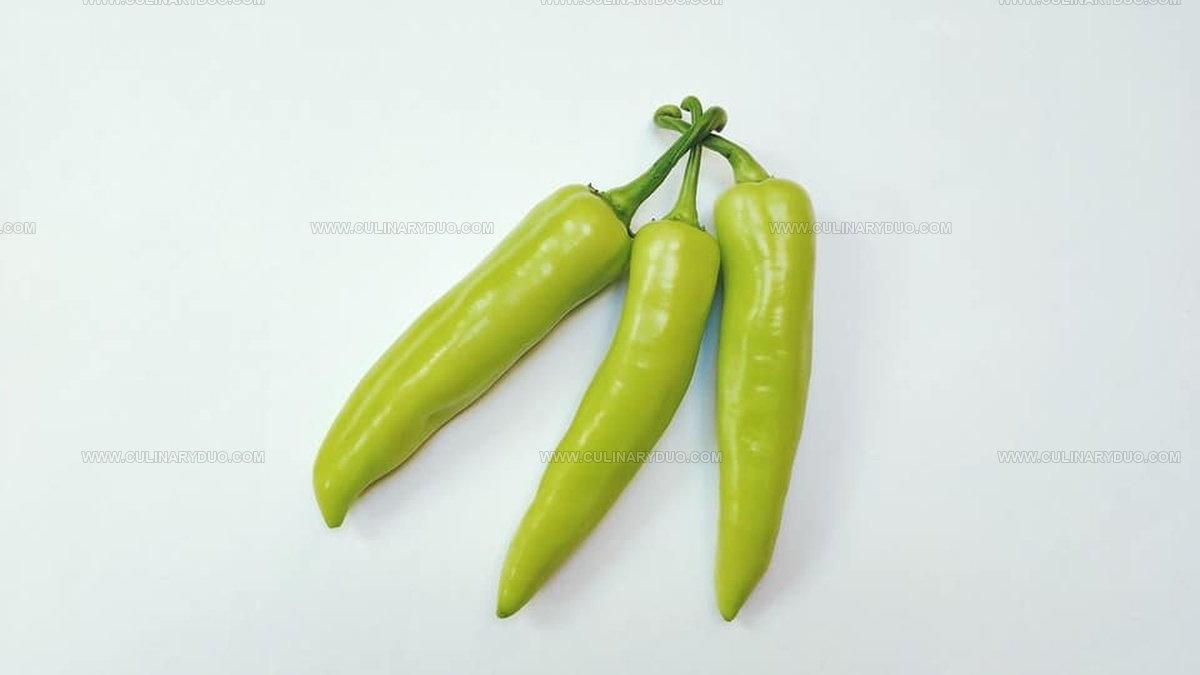
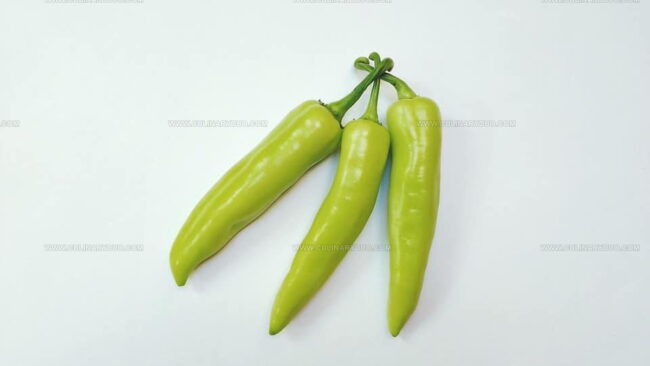
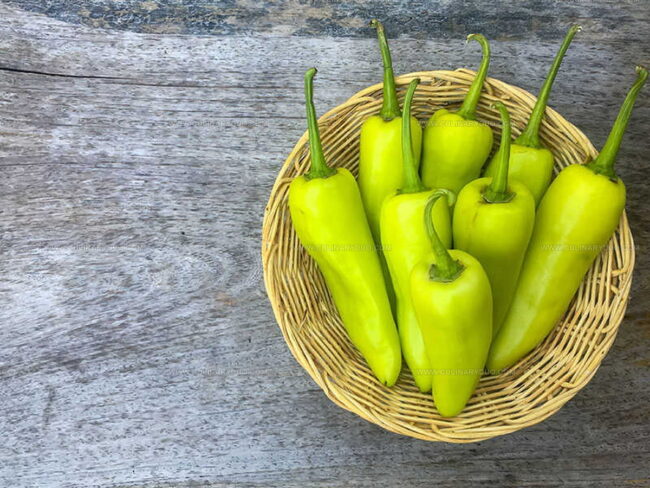
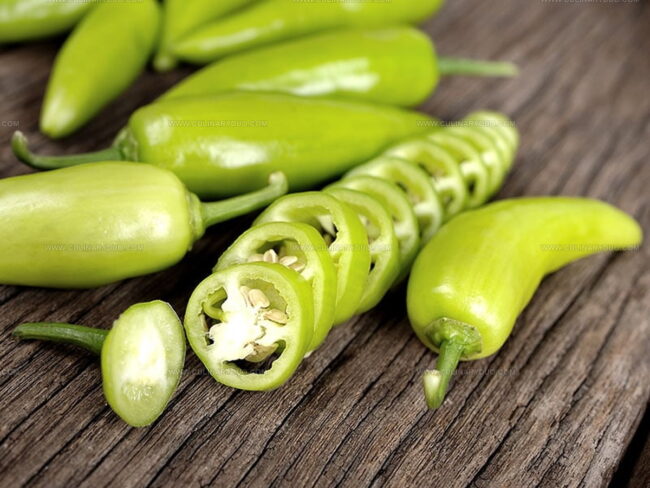
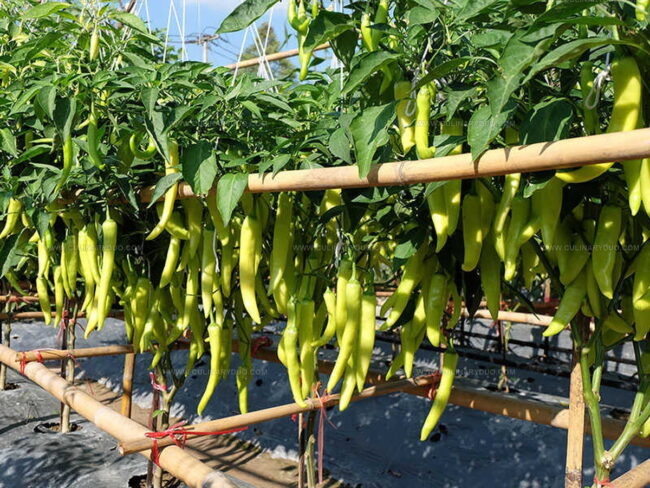
Natalie Brooks
Co-Founder & Content Strategist
Expertise
Education
eCornell
Natalie brings the vibrant, plant-powered side to Culinary Duo. After earning her Plant-Based Nutrition Certificate from eCornell, she combined her love for fresh ingredients with a passion for storytelling, aiming to make healthy cooking simple and satisfying.
Her kitchen motto: good food doesn’t need a fancy label, it just needs fresh ideas and a little creativity. Outside of writing and recipe testing, Natalie’s happiest in her garden, exploring farmers’ markets, or mixing global flavors into new kitchen experiments.